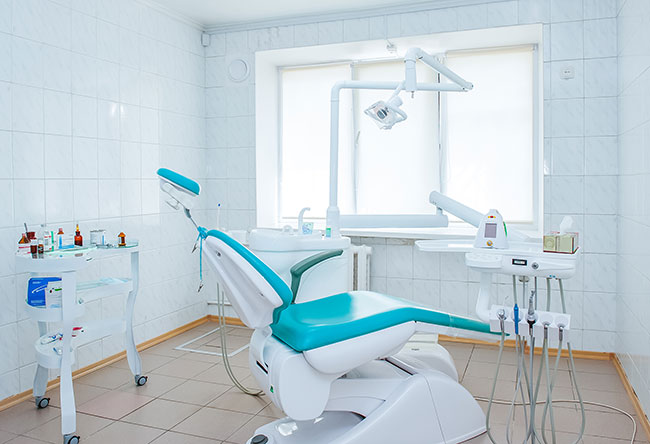How to Design Your Dental Office for Adaptability
Posted by HJT Design

The design of your dental office often determines whether a patient returns for future treatment or leaves for another dentist. The subtleties of your practice are of the utmost importance. From seating to spacing, windows, walkways and beyond, the little stuff matters a great deal. Some patients consider these nuances to be just as important as the treatment rendered by dental professionals. Let’s examine some design tips that will make your dental office flexible and patient-friendly.
Comfortable for Patients and Staff
You should design your dental practice with two groups of people in mind: patients and staff. The needs of patients always supersede those of your staff. However, an office design that puts staff members in an awkward or uncomfortable position will inevitably push employees to seek work elsewhere.
A healthy and comfortable office starts with ergonomically friendly desks and seating. Of critical importance is the placement of your office equipment. It should be located near the staff rather than patients or walkways. There should be ample space between your staff and patients. Do not place patient seating too close together. Each chair should have at least a few feet of “personal space” so patients do not feel encumbered.
Mind the Spacing
When in doubt, always design your dental office in a manner that enhances open spaces. It should be easy for patients and employees to traverse the office without any sort of interference. Maintaining as much open space as possible also makes it easier to modify the office as time progresses. If the majority of your space is occupied with office machines and excessive sundries, it will prove awfully difficult to provide enough room for new personnel.
One way to make the most of your space is to use mobile furniture. Mobile furniture that can be easily picked up and adjusted makes it easy to reconfigure spaces for employees as well as patients. The moral of the story is that adopting a minimalist approach makes it much easier to adapt to changes across posterity.
Noise Pollution Should be a top Concern
Dental practices can prove to be awfully loud places if designed improperly. Can you imagine walking into a dentist’s office and being seated within earshot of a loud dental drill? Avoid placing lounge seating anywhere near treatment rooms. Furthermore, noisy office equipment should be positioned far away from patients.
If you employ salespeople or customer service representatives, provide them with a work space that won’t interfere with the tranquility of your waiting room. It is also prudent to make use of ceiling tiles and panel systems that absorb noise pollution.
Keep an Eye on the Future When Designing Your Office
Your practice’s current needs might not be the same in the coming months and years. This is an important fact to keep in mind when orchestrating the layout of your office. Design your practice in a manner that makes it possible to accommodate future change. Plan for the growth of your practice. This means you should leave as much open space as possible for additional seating, office equipment, new hires etc.
Prepare Ahead of Time and Your Dental Office Will Prove Adaptable
It is clear that designing the layout of a dental office is more complicated than most assume. Don’t be intimidated by this challenge! You can simplify the design process by drawing a schematic and tinkering with it in the months, weeks and days leading up to the design/redesign of your practice. Fully invest yourself in this preparatory work and you will heighten the odds of designing a highly functional and adaptable office layout.